15 Stories That Remind Us to Stay Kind, Even When the World Isn’t

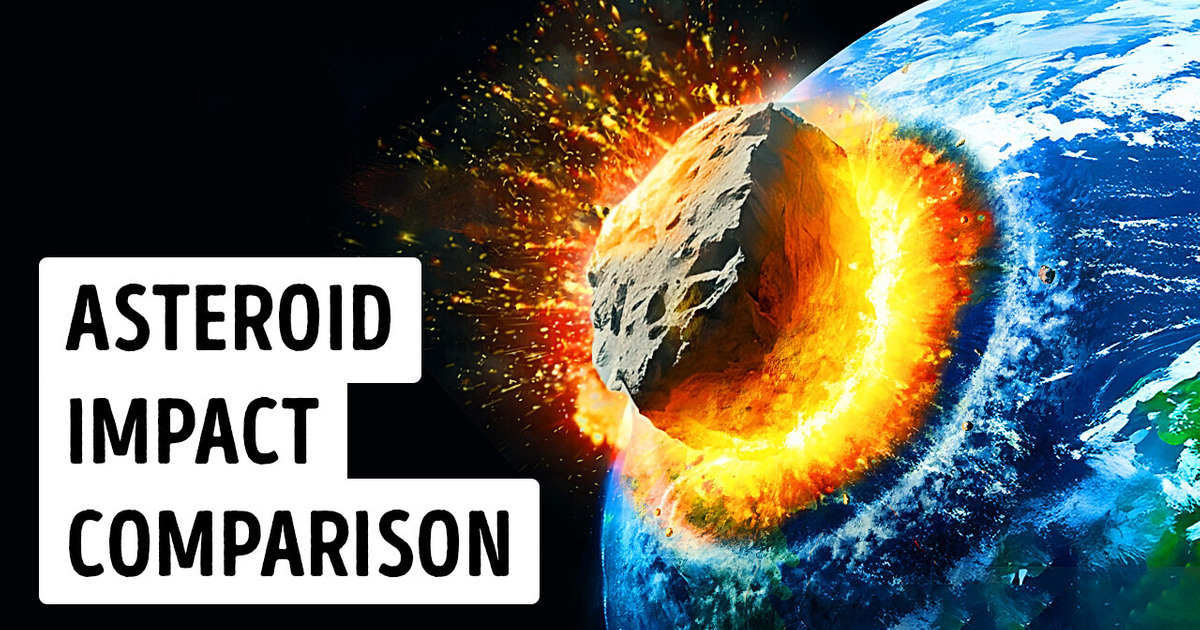
Asteroids aren’t as rare on our planet as we may think. About 17,000 of them visit us every year. You’ve probably even seen at least one in your life — for example, if you’ve seen a shooting star.
They leave these bright tails behind them as they pass through the Earth’s atmosphere. Of course, they only look beautiful in the sky. If they reached the ground, the consequences would be catastrophic...
Luckily for us, most of them explode 30–50 miles above the surface. Their mass is too small for them to withstand such a journey to the end. So, most of them remain harmless to us. But we shouldn’t underestimate them.
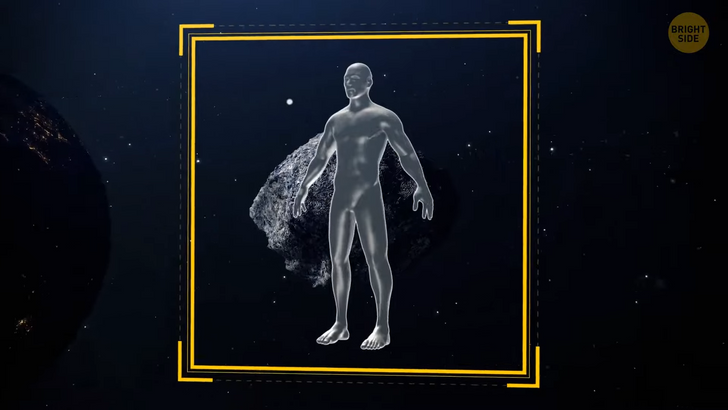
Let’s start with the smallest ones. 1–3 feet high asteroids. These are about the size of a person. They’re too small to cause any real damage. Most often they explode in the atmosphere, without even reaching its lower layers. But at the same time, they splash up TONS of energy over the surface every time.
13–15 feet asteroids. The height of giraffes and mammoths. These larger meteorites come to us less often — once a year and a half. Like the previous ones, they, fortunately, don’t pose a serious threat... But they splash out much more energy.
30 feet. The height of the 3—4-story building. They visit us once every 10 years. And now we’re talking seriously... It throws out a wave that could demolish an entire city. I think you understand how catastrophic the consequences would be if this asteroid touched the Earth.
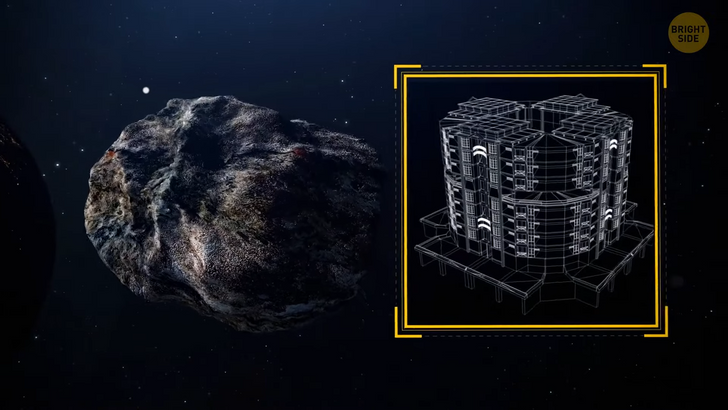
65 feet. Multi-story building. They like to visit Earth once every 60–70 years. Good news: it explodes at 12 miles above the ground. Its released energy could destroy an entire region if it touched the ground.
Bad news: such an asteroid has already visited us recently, and the consequences were pretty tough. On February 15th, 2013, the giant slowed down in the Earth’s atmosphere and then broke up into small pieces at 14.5 miles above the Earth.
As a result, there were 1,615 injured, but, fortunately, no casualties. At least we’re safe for the time being. The next such asteroid may come to us only in the 2070s-80s and no one knows where exactly it wants to land. Now let’s move on.
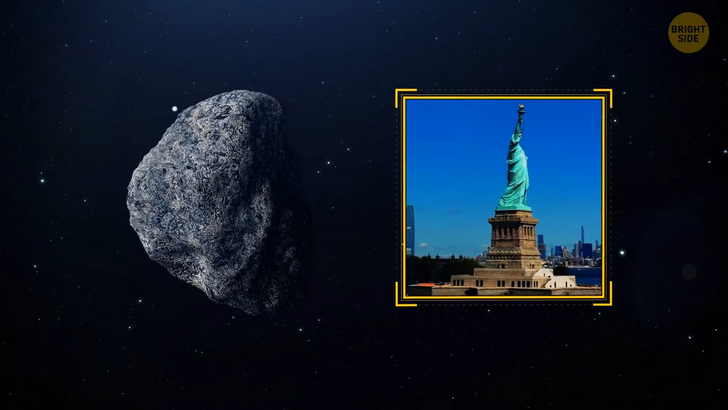
300 feet. This is the height of the Statue of Liberty together with the pedestal. Such a giant can be seen every 4500 years. And this is the first asteroid on our list that may literally crash into the Earth. The consequences are disastrous. Not only it may demolish an entire city, but it can also set fire to neighboring areas.
Well, some people even witnessed such a meteorite land on our planet. The notorious Tunguska meteorite is the biggest asteroid disaster that people have ever seen. It all happened on June 30th, 1908 in Eastern Siberia. The meteorite was bright, “like a second Sun”, and people felt the heat wave when it just approached the Earth. It exploded near the river.
Fortunately, the whole area was surrounded by taiga, and there were no big cities nearby. But even there, it immediately destroyed a lot of trees. Serious forest fires broke out. The sound of the explosion was heard by people hundreds of miles around. At tens of miles around, all the house windows broke. The magnetic storm that resulted from this collision lasted 5 hours. The consequences were truly disastrous. But perhaps... This is not the worst thing that awaits humankind.
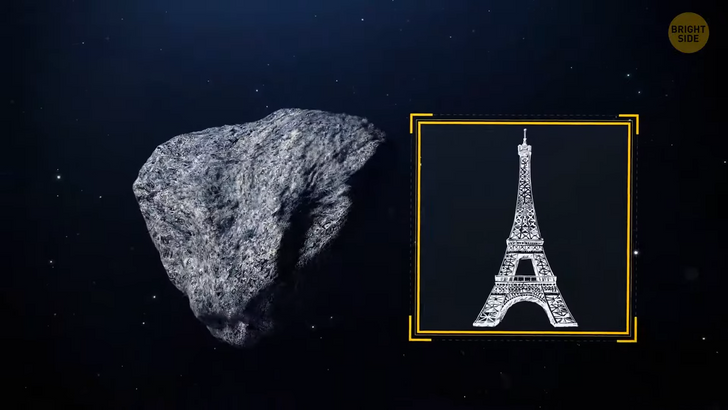
99942 Apophis. 1215 feet. It’s slightly bigger than the Eiffel Tower. This meteorite, as scientists discovered in 2013, will be our next guest. Collisions of such force occur once in about a hundred thousand years — and this one is gradually approaching. The force of such an explosion is equal to the force of the catastrophic eruption of the Krakatoa volcano in 1883.
This eruption is considered one of the most destructive in history. It caused a terrible tsunami. 165 cities and settlements were completely destroyed, and another 132 were seriously damaged. People all around the globe could feel the consequences of this eruption at least to some degree. Such an asteroid would leave a 3.5-mile crater. And this is the one we’ll face in the distant future.
But calm down — no need to panic yet. By 2070, the meteorite will be almost 174 million miles away from us. It still has a very long journey ahead of it. So we’re safe for at least a hundred years, or even more. Besides, our planet has survived something even worse.
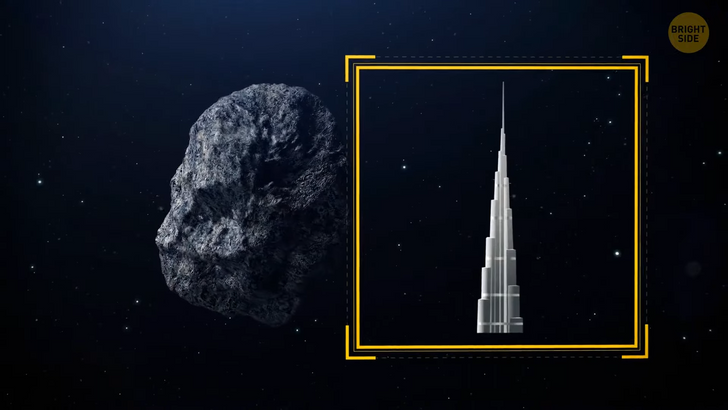
3280 feet. This is higher than the tallest tower in the world — the Dubai Burj Khalifa Tower. Such collisions occur once every 500,000 years. We’re not sure when such a collision occurred the last time. 70% of our planet is covered with water.
If such meteorites fell into the ocean, it would be extremely difficult to find their traces. But we can assume the possible consequences. The wave would’ve swept across the entire hemisphere. The crater would be about 9 miles in diameter. And that would be a complete disaster.
The last event of such a force happened 26–28 million years ago. It was an eruption of the supervolcano La Garita, which is located in the southwest of Colorado, USA. It was one of the most powerful known supervolcanic phenomena in history. During this monstrous eruption, a significant part of the current state of Colorado was destroyed.
Scientists are still not sure how far the ashes have spread. But... There was an even bigger meteorite in the history of mankind. The consequences of that impact were irreversible for an entire species of animals. I think you know what I’m talking about.
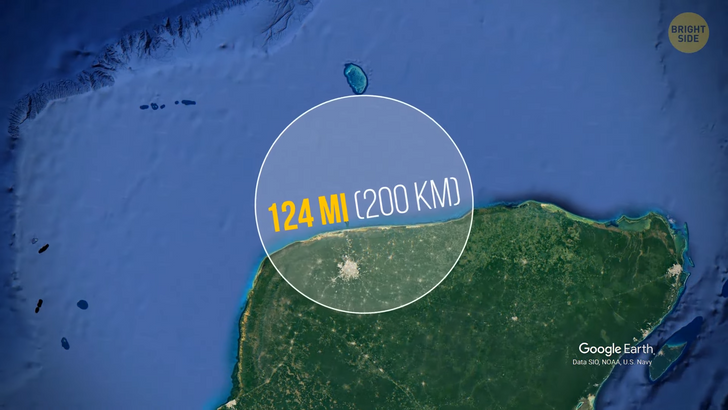
Chicxulub meteorite. The thing that wiped the dinosaurs off the face of the Earth. This happened about 66 million years ago. These collisions in general happen about once every 500 million years. The height of the Chicxulub meteorite was 12.4 miles. It’s so high that, when it touched the ground, it could reach the stratosphere.
Even looking at the 124-mile-diameter crater left by this meteorite, you can understand how huge it was. When it collided with the Earth, MILLIONS of tons of energy were released. This is an unimaginable disaster. It fell at a very steep angle, creating a giant cloud of dust and chemicals that spread around the world.
This dust had a very thin layer, but also a mass of 50 trillion tons. The shock wave swept across the entire planet. It caused several earthquakes. Volcanoes began to erupt actively. Forest fires broke out everywhere, all over the world. The amount of soot and carbon monoxide released into the atmosphere is invaluable.
The Earth was closed from the Sun for several days. Darkness reigned all over the planet. Plants couldn’t produce enough oxygen, so there was nothing to breathe. The temperature on the continents and in the oceans dropped by an average of 50—90°F. Sounds horrific, doesn’t it?
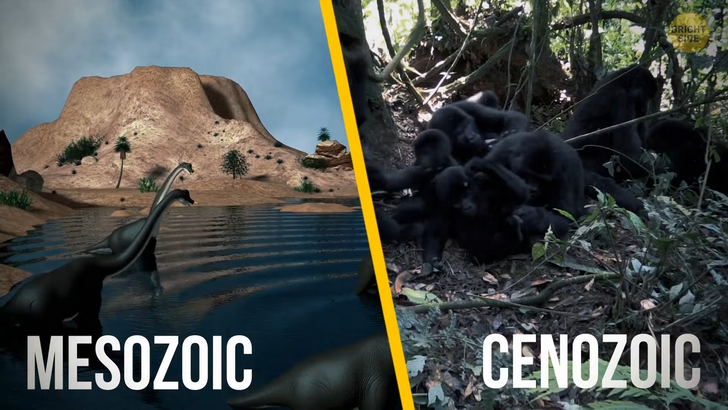
And, of course, it caused one of the greatest extinctions in the history of the Earth’s biosphere. Amazingly, the Earth was able to recover after such a catastrophe. This event became the boundary between the Mesozoic and Cenozoic eras. So, now those who wondered “How could a small meteorite destroy all the dinosaurs?”, probably understand the answer.
Perhaps the largest collision in the history of our entire planet was not a collision with a meteorite...but with an entire planet. This happened many, many billions of years ago. Theia, as this hypothetical dwarf planet was called, crashed into our Earth, releasing an incommensurable amount of energy... Just quadrillions of fuel.
The Earth then instantly turned into a giant fire. And it was this collision that led to the creation of the Moon. All that sounds terrifying, I know. So let’s just hope that you and I will never see anything like this.











